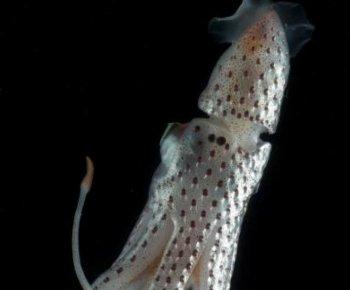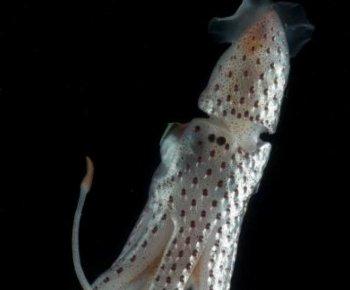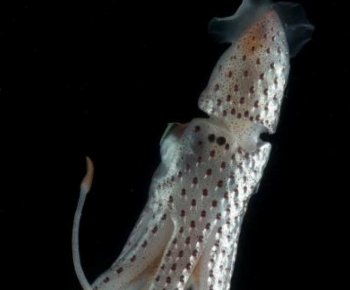Deep, Open Ocean Most Underexplored Area
Scientists know the least about the largest habitat for life on Earth—the deep, open ocean.

The jeweled squid, Histioteuthis bonellii, swims above the Mid-Atlantic Ridge at depths from 500 meters to 2,000 meters (about 1,640-6,562 ft.). David Shale [email protected]
|Updated:




